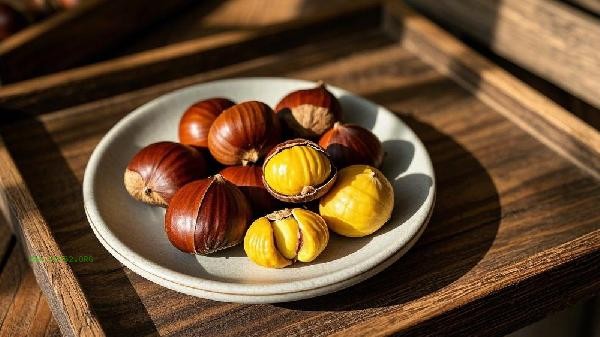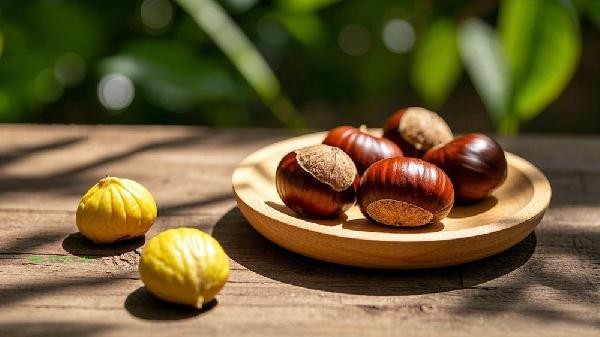Chestnuts can be quickly peeled using methods such as hot water soaking, freezing, microwave heating, incision baking, and knife back tapping. The difficulty in peeling chestnut skin is mainly related to factors such as tight texture of the outer shell and adhesion of the inner membrane. Choosing appropriate methods can improve efficiency.

1. Hot water soaking method
Put chestnuts into boiling water and cook for 3-5 minutes. The high temperature softens the outer shell fibers and separates the inner membrane from the flesh. After removing it, wrap and rub it with a towel while it is still hot, and the outer shell and inner membrane can easily fall off. Pay attention to controlling the time to avoid overripe fruit pulp, as this method is suitable for large-scale processing.
2. Freezing method
After freezing the raw chestnut for 2 hours, the shell shrinks and creates gaps with the flesh. Lightly press the outer shell with a knife to break it, and the inner membrane becomes brittle and easy to peel off due to low temperature. Freezing can alter the taste of chestnuts and is suitable for cooking methods that require secondary processing such as stewing.
3. Microwave heating method
After making a cross on the surface of the chestnut, heat it on high heat for 30 seconds, and the internal steam causes the shell to expand and crack. Wear heat-resistant gloves and pry open along the crack to fully remove the fruit pulp. Attention should be paid to microwave time, as excessive heating can cause the flesh to dehydrate and harden.

4. Incision baking method
Use a knife to make a deep incision on the curved surface of the chestnut to the inner layer, and bake at 200 ℃ for 10 minutes. The shell will automatically crack when heated and curl, and can be peeled off by clamping both sides of the incision with pliers. Baking imparts a burnt flavor to chestnuts, but it is necessary to prevent burning from producing bitterness.
5. Knife back tapping method
Place the chestnut flat on the cutting board and tap the shell longitudinally with the back of the knife until it cracks slightly. Fingers spread apart from the crack to both sides, tearing off the inner membrane. This method requires mastery of force, as excessive weight can shatter the flesh, making it suitable for situations where a small amount is peeled and eaten immediately.

When handling chestnuts, it is recommended to wear gloves to prevent scratches, and cook as soon as possible after peeling to avoid oxidation and discoloration. Untamed chestnuts can be refrigerated for 3 days, while shelled fruit pulp needs to be frozen for preservation. Chestnut is rich in starch and dietary fiber, and proper consumption can help gastrointestinal peristalsis, but diabetes patients need to control their intake. If the flesh turns black and spoiled, it should be discarded immediately to avoid poisoning caused by consuming moldy chestnuts.








Comments (0)
Leave a Comment
No comments yet
Be the first to share your thoughts!